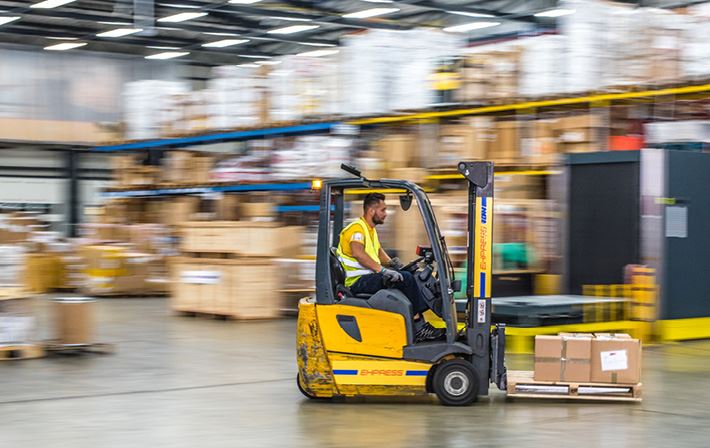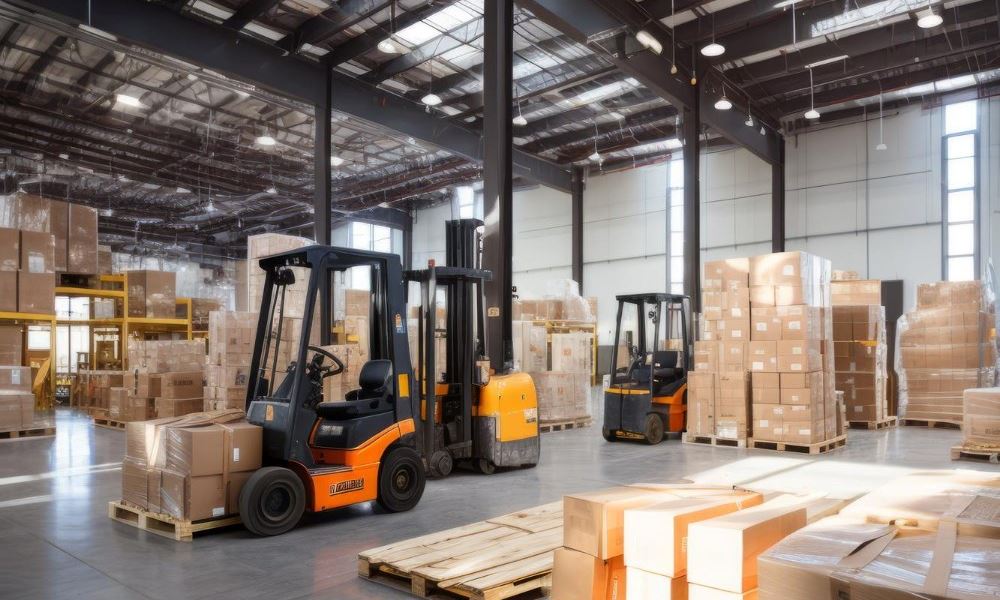Features of operation of electric stackers in multi-tier warehouses
Warehouse logistics and industrial operations rely heavily on organization and structure. That’s why an electric stacker is an excellent addition to your equipment fleet—providing reliable and efficient performance for lifting and lowering goods. It’s especially useful for moving pallets and various loads within indoor facilities, particularly when working with tall, wide racking systems. Regular use of electric stackers simplifies workflows and saves time when handling goods in confined spaces. With proper operation, this equipment ensures both cargo safety and maximum protection for staff.
Benefits of Electric Stackers for Multi-Level Warehouses
A well-selected electric stacker brings several significant advantages to any warehouse. Key benefits of professional-grade equipment include:
- Low energy consumption and cost-effective battery charging
- Inexpensive repairs due to simple mechanical design
- Optimized workflow thanks to vertical stacking capabilities
- Quiet operation and zero harmful emissions
- Compact dimensions for excellent maneuverability
- Smooth and precise handling via electric drive system
Another critical advantage of using an electric stacker is its safety features. The equipment comes with operator presence sensors, automatic speed reduction during turns, and an emergency brake system.
Requirements for Warehouse Layout and Operating Conditions
It's essential to operate the equipment following manufacturer guidelines and consider environmental factors within the facility. Key requirements include:
- The floor must be flat and durable, free from cracks or holes. Ignoring this can lead to instability, rapid wear, or damage.
- Proper lighting is crucial. Areas designated for stacker use should be brightly illuminated.
- Sufficient space between racks is needed to allow the stacker to move freely. A clearance of at least 30 cm is recommended.
- Ventilation systems should be in place—especially in battery charging zones—since hydrogen released during charging can ignite under certain conditions.
It’s also necessary to ensure adequate ceiling height and rack spacing so the operator can raise and lower loads comfortably. Monitoring humidity and temperature levels helps maintain optimal operating conditions.
Tips for Safe Operation and Maintenance
For stable and safe performance, regular maintenance is required. This includes scheduled inspections, checking the hydraulic system, wheels and tires, and battery status. Equipment should be kept clean, and worn parts replaced promptly.
Safety improves when the stacker is inspected before each use. Operators must be trained in safety protocols. It’s important to follow load capacity limits, handle loading/unloading correctly, and adhere to speed regulations. Proper and timely battery charging also contributes to safe use.
How to Choose the Right Electric Stacker Model
Multi-tier warehouse operations require equipment with suitable technical specifications. Factors to consider include lift height, dimensions, battery capacity, load characteristics, and overall lifting ability. Useful features may include automatic weight and height detection, power steering, safety systems, and more.
The user manual for such equipment always outlines proper operating conditions. Adhering to these guidelines helps extend the stacker’s lifespan and ensures maximum efficiency in its use.
.jpg)

